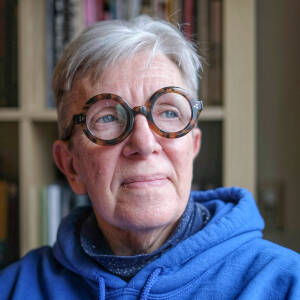Tchoutacabouffa
When I was five, my mother and her new husband took me from my grandparents and the only home I had known and moved me to their new rental home in Mississippi, on the banks of the Tchoutacabouffa River. The river was named by the Biloxi Indians, first residents of the area, and its name was mis-pronounced by Mississippi white people as "Shoot-a-ka-BUFF."
I was in heartbroken distress, but so was my mother, and in our mutual need to escape from each other's sorrow, she allowed me to play alone for hours by the river. There was powdery river sand, wet gummy clay, rocks, roots, wild violets and vines. There were tree frogs, all manner of snakes and frogs, crickets and grasshoppers, raccoons and opossums. I had to watch out for black widow spiders and cottonmouth water moccasins (snakes), but mostly I was allowed to be on my own for the five months we lived there, until we moved to Ocean Springs. There were people, too, on the Tchoutacabouffa, and they were often dangerous. They were hillbilly types: gun-toting, whiskey-swilling, yee-hawing men up to no good.
Today Sue went with me, past Lickskillet Road on Highway 67, to revisit the banks of the Tchoutacabouffa. The water is still the color of strong tea, the banks are still full of thrumming, vibrating life, and the people in the neighborhood are still quite frightening.
When I looked up the river on Wikipedia, to see if I had the spelling right, I learned that George Ohr, also known as "the mad potter of Biloxi," got the clay for his remarkable pottery from the banks of the Tchoutacabouffa.

Comments
Sign in or get an account to comment.


